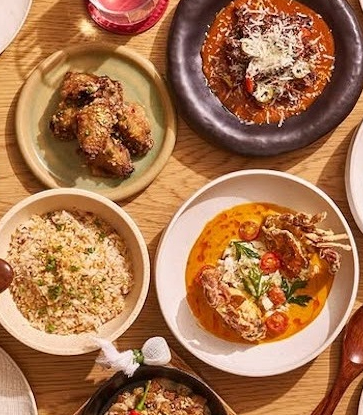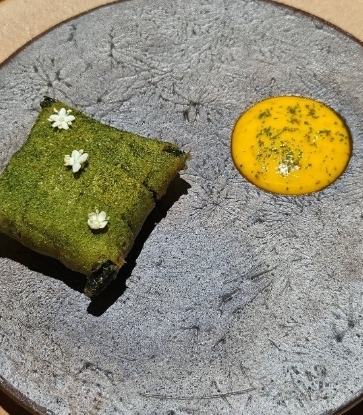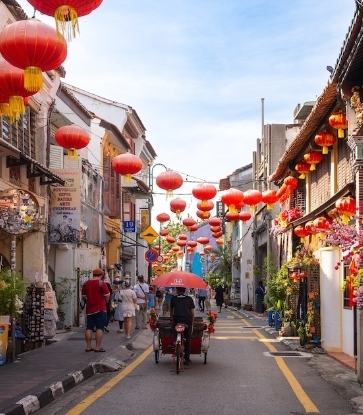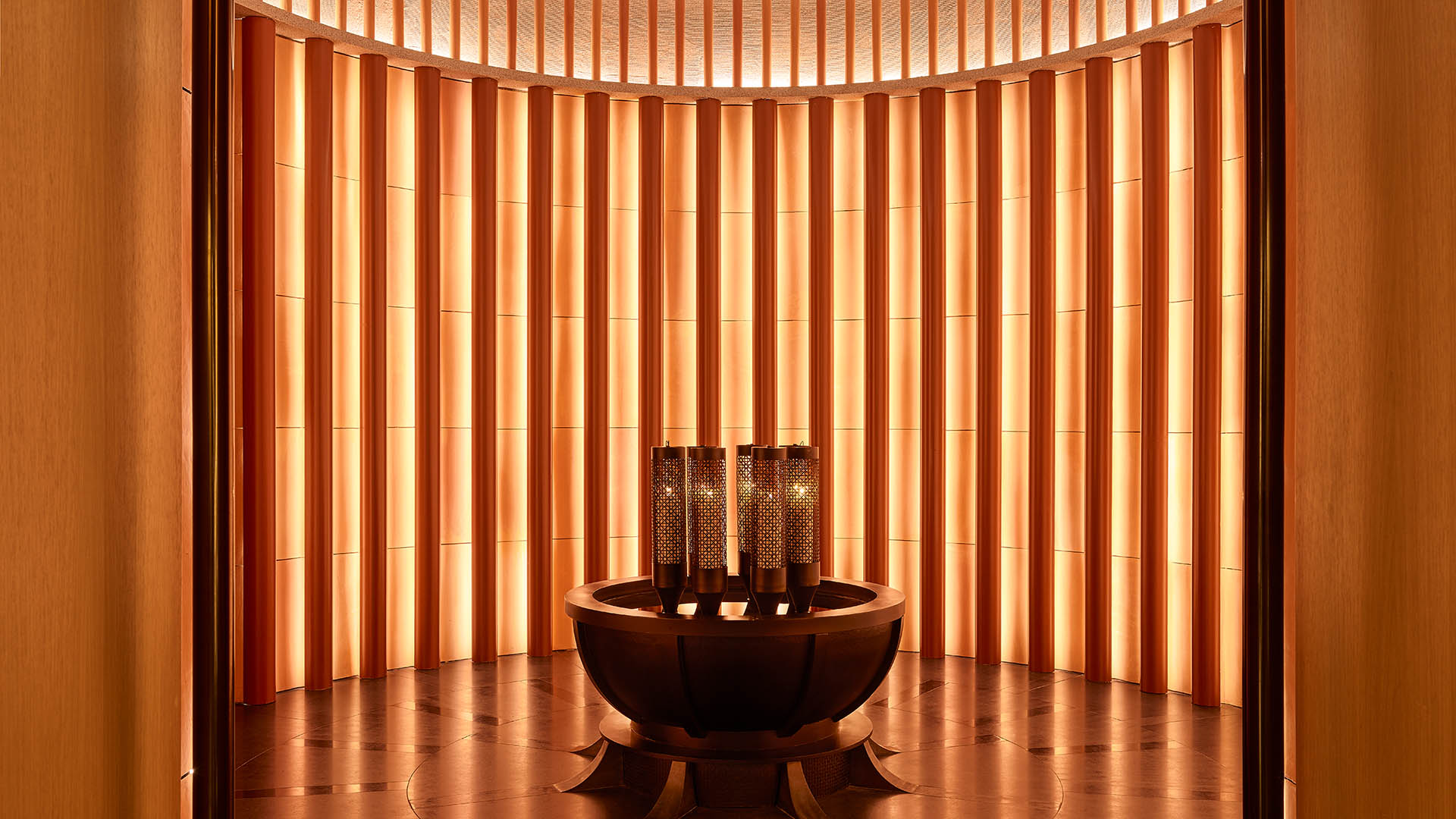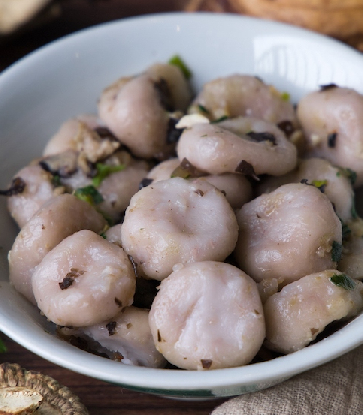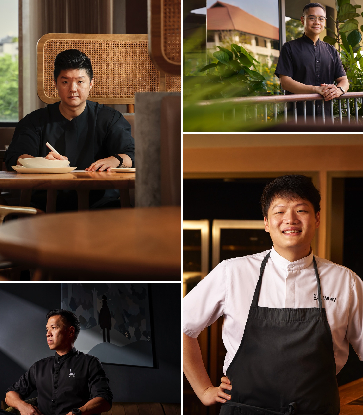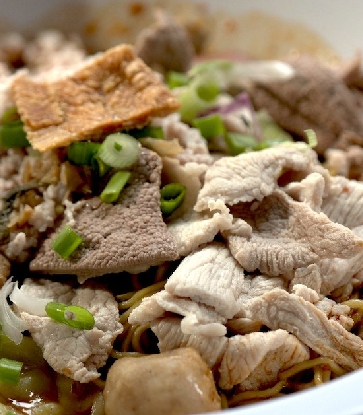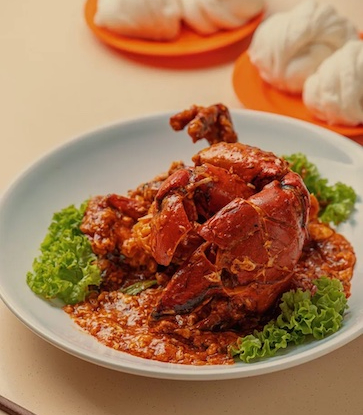Moh Teng Pheow — the person — was a young lad of 14 when he boarded one of the flotilla of junks setting sail from his homeland, Hainan Island, off the southern coast of China. Like many of his Hainanese brethren drawn to the bright lights of Nanyang — the South Seas — he sought a better tomorrow, away from a decaying 1920s China torn apart by feuding warlords, and the ominous threat of invasion by an encroaching, militaristic Japanese empire.
Moh landed in Singapore, where a thriving Hainanese community had established itself right next to the fabled Raffles Hotel. Today’s Middle Road, Purvis Street, and Seah Street were once known as Hainan Streets One, Two, and Three respectively. There, the new arrivals were quickly schooled in the arts of cooking, cleaning, and seving — in fact, every bit of skill required to service the British — for the Hainanese had, by then, become the quintessential masters of household management and the culinary arts.
Fun fact: The world-famous Singapore Sling cocktail was invented by the Raffles Hotel’s Hainanese bartender, Ngiam Tong Boon, in 1915.

After their vocational training, the Hainanese emigres fanned out across British Malaya, where a network of Hainanese trade guilds functioned as employment agencies. Moh ended up in Penang, where he worked for a kueh-making Nyonya lady. There, the hardworking and dependable Moh put in backbreaking 20-hour work-days to help his employer churn out thousands of pieces of delicately made Nyonya kueh for sale daily. Itinerant South Indian kueh-sellers would arrive to pick up their wares at the crack of dawn each day, which meant that, by then, Moh would have been hard at work since 2:00 a.m. in order to get the kueh and banana leaf-wrapped nasi lemak ready by 6:00 a.m.
Such was his commitment that, upon her retirement, the Nyonya lady decided to give Moh her entire business. Thus, Moh Teng Pheow Nyonya Koay was born in 1933 — a testament to how one’s unbridled diligence and loyalty were justly rewarded.
We sit down with Madam Teoh Kheng Sim, Moh Teng Pheow’s daughter-in-law, about life in Moh Teng Pheow Nyonya Koay today.

Can you share with us the history of Moh Teng Pheow, and how it came about?
My late father-in-law, Moh Teng Pheow, was a frugal man who was born in 1909. He came here to Penang with just — as we say, his shirt and sandals. My father-in-law was 14 when he was employed by a rich Nyonya lady whose husband was a tin mining tycoon. The Nyonya lady wanted to keep herself busy, and decided to start a Nyonya kueh-making business at her home.
My father-in-law was the only male in the kitchen, so he did all the heavy work: lifting the big loads of flour, using the heavy stone mortar mill to grind the rice into a fine paste, carrying the large trays of kueh to and from the steamers, and filling the large steamers with buckets of water. He worked very hard, with just a few hours of sleep in-between various tasks.
The Nyonya lady admired my father-in-law’s industriousness and dependability so much, she decided to give him the whole business when she retired.

How did you come to be part of the Moh Teng Pheow family?
My late husband, Mok Hian Beng, was Moh Teng Pheow’s son who grew up knowing how to make every type of Nyonya kueh as he helped his father. In time, he became the best kueh-maker around. Then, as he looked for a wife, his dream was to find a woman who could make kueh as well, if not better than him — which was a very, very tall order in Penang then, because he was so good.
Then, we met — we were introduced by a family friend.
I actually come from the other top Nyonya kueh-making family in Penang: Tua Bak of New Lane.
Everyone in Penang knew the much-vaunted Tua Bak brand — in the 1960s and 70s, every Baba-Nyonya family who organised a wedding luncheon or “t’ng tok” (festive long table) would definitely order Tua Bak’s Nyonya kueh.
The head kueh-maker of Tua Bak, Kam Geok Chin, was my grandmother. I have been helping her since I was a little girl. My husband couldn’t believe it when we met — he finally found a young woman who could make every Nyonya kueh as well as him!
When we got married, it was like a union between Penang’s two main kueh-making families!
Any kueh or food items which you would tell us not to miss whilst we are here? Anything off the menu?
Every customer has his or her favourites. Some items I would recommend you not to miss are the kueh kochi santan, abok-abok, jiu hu char, and our Nyonya-style nasi lemak.
We don’t have any off-menu items — everything we know we can make very well are listed in our menu.

How do you feel about your listing in the MICHELIN Guide. Do you have any future expansion plans for Moh Teng Pheow Nyonya Koay?
MICHELIN’s recognition of our brand name has certainly been life-changing. Our business volume went up, and our client base expanded to include many foreigners who want a taste of our offerings, and they all came away so very happy.
We don’t have any plans for a new branch yet, but it is a distinct possibility.
How has Moh Teng Pheow Nyonya Koay evolved over the past few decades? Have the kueh you make changed over time?
We have never changed any recipe for our kueh — what you taste today is what it was like 50 or 60 years ago. We always stick to tradition — perhaps the only compromise we made is that we lessen the amount of sugar used, to cater to present-day tastes. We use fresh coconut milk, fresh pandan leaves, freshly cracked eggs, and natural dyes like bunga telang (butterfly pea flower petals) for our kueh.
But we use modern kitchen gadgets like grinders and food processors nowadays, which lighten the workload in the kitchen. In the old days, it was very, very manual-intensive.
The main change in Moh Teng Pheow Nyonya Koay today is that we have a canteen for customers to sit down and have a meal. Previously, we supply kueh-sellers to peddle our kueh throughout the city. When I married into the family in 1978, there were 50 to 60 Indian kueh-sellers who came each morning to pick up the Nyonya kueh, besides nasi lemak, asam laksa, and fried popiah, to sell.
Sadly, my husband, Hian Beng, passed away in April 2021 — but today, I make sure we carry on his legacy and run the business the way he would have liked.
Moh Teng Pheow Nyonya Koay is located at Jalan Masjid, Off Lebuh Chulia, George Town, 10200, Malaysia. Make a booking via the MICHELIN Guide here.
All images are by Peter Yeoh.





